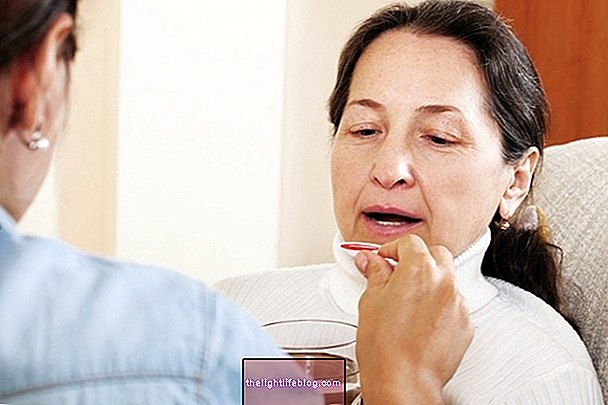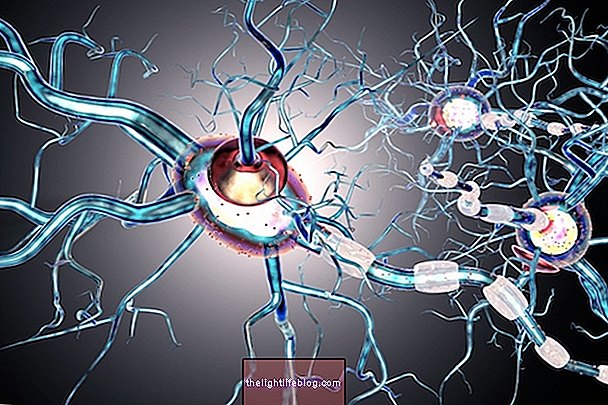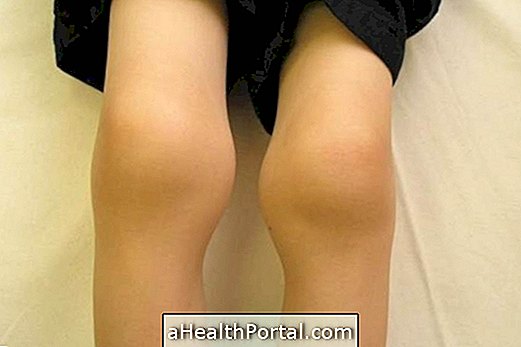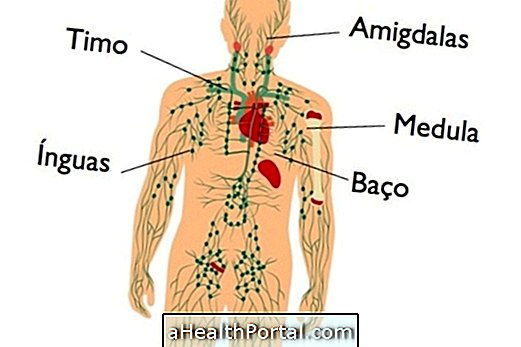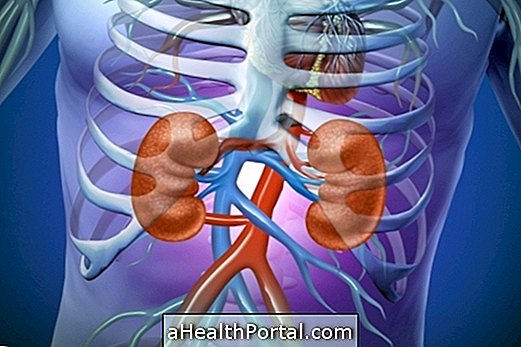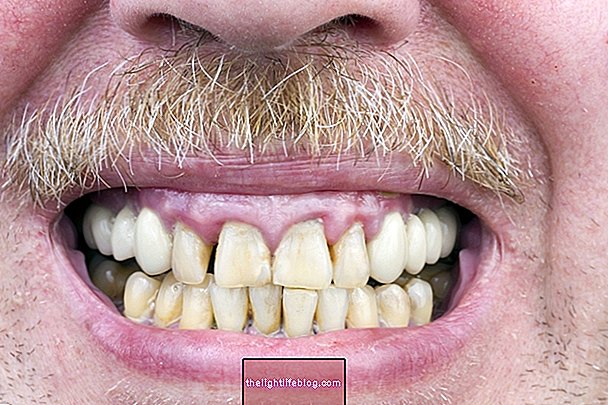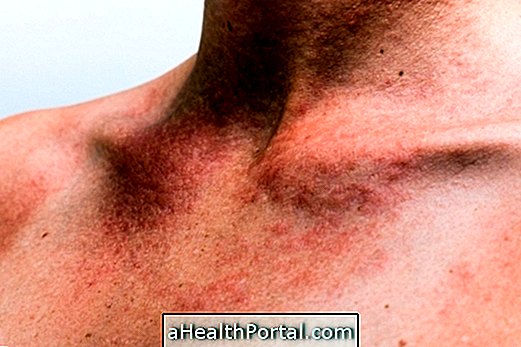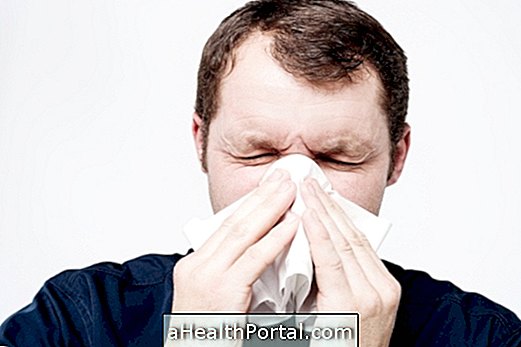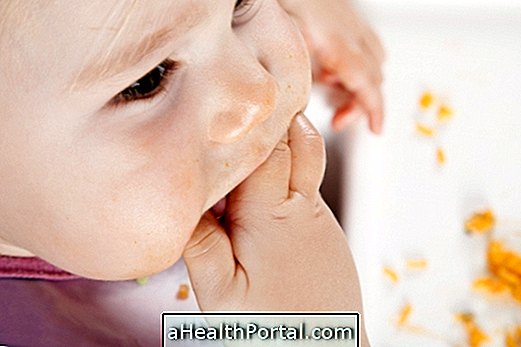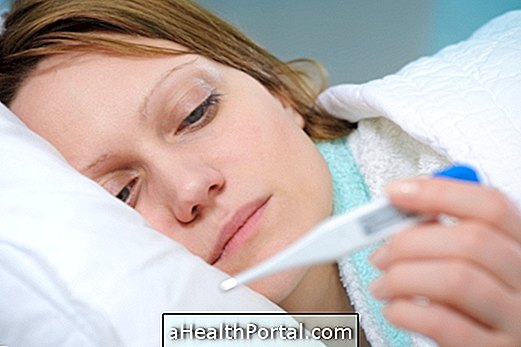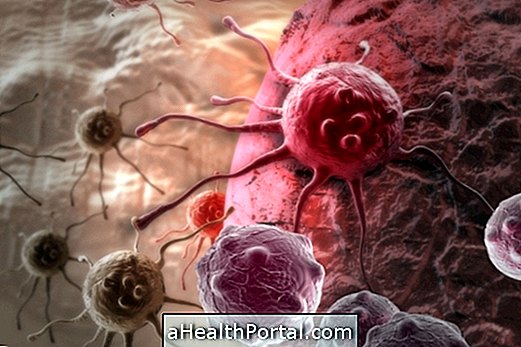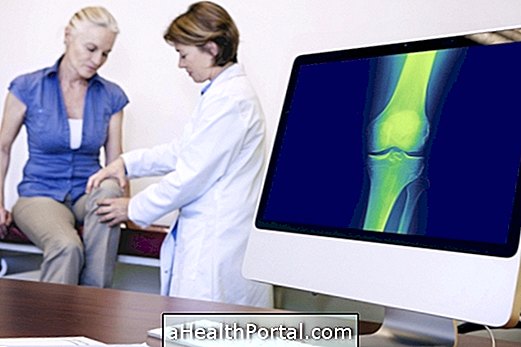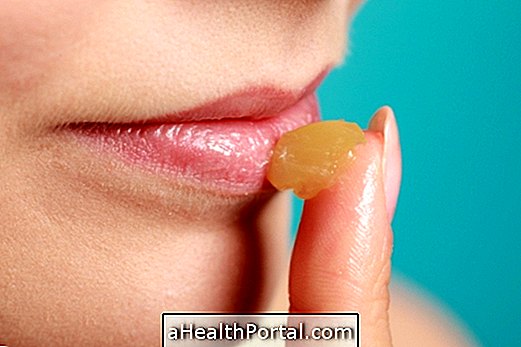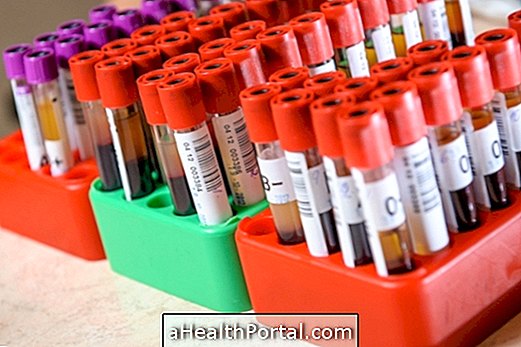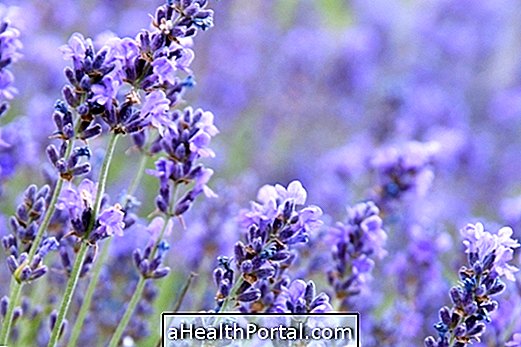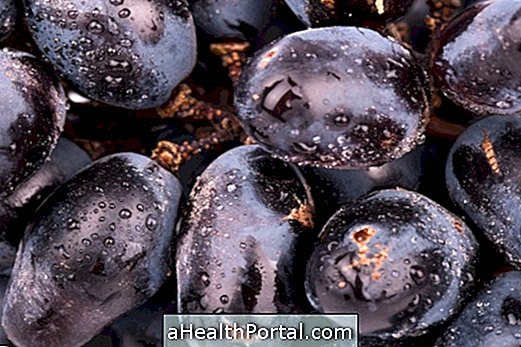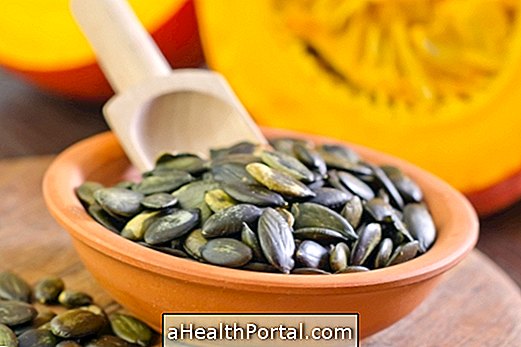Angioimmunoblastic T lymphoma is one of the types of non-Hodgkin's lymphoma, a rare cancer that affects the immune system that compromises the body's defense cells, leaving the person more prone to infections. This tumor can appear at any age, being more common in men and can easily spread throughout the body.
The causes are not known but prolonged use of medications that weaken the immune system as antibiotics can facilitate the development of this disease, so having family cancer and smoking are not related to the appearance of this lymphoma.
Although it is a rare and fast-growing cancer, if it is discovered early in the disease the chance of cure is greater after chemotherapy. If the disease has spread throughout the body treatment will be prolonged with less chance of cure.
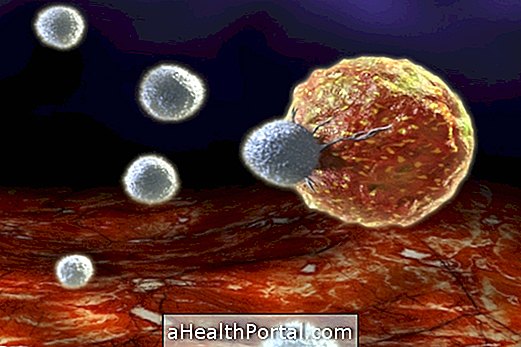
Symptoms of Angioimmunoblastic T-Lymphoma
Usually the symptoms do not appear, being the diagnosis discovered in the examinations of routines like x-ray of the thorax and examinations of blood. However, symptoms such as:
- persistent tiredness
- fever
- weight loss
- night sweats
- skin wounds
- in the neck, underarms and
- Abdominal bloating
- weakness
The doctor makes the diagnosis through lymph node biopsy when there is an enlargement of the glands, but also, complementary blood tests such as immunohistochemistry, computed tomography in the abdomen and pelvis can be used.
Treatment for angioimmunoblastic T lymphoma
Treatment can be done through chemotherapy and radiation therapy, but people with difficulty tolerating chemotherapy, such as the elderly, the doctor may opt for medications such as prednisone or dexamethasone.
Immunotherapy is also a form of treatment that consists of using the stem cells themselves that are treated with chemotherapy and radiation therapy to fight cancer.
How to relieve symptoms during treatment
With the treatment of chemotherapy, the body will become more susceptible to infections to minimize the symptoms are used medications such as antibiotics and antivirals.
Symptoms such as nausea, vomiting and loss of appetite are more common and can be treated with high-calorie dietary supplements.
In case of shortness of breath, oxygen is used for better patient comfort.
It is essential to inform your doctor if symptoms persist or new symptoms occur so that you have better comfort during treatment.
What to eat during treatment
The consumption of 2L of water per day is very important, if you have difficulty you can take few quantities several times a day. In case of difficulty in drinking water you can use some techniques to drink more water, like the techniques we indicate here.
Avoid fatty foods with a strong odor that can cause vomiting, and give preference to cold foods such as salads.
